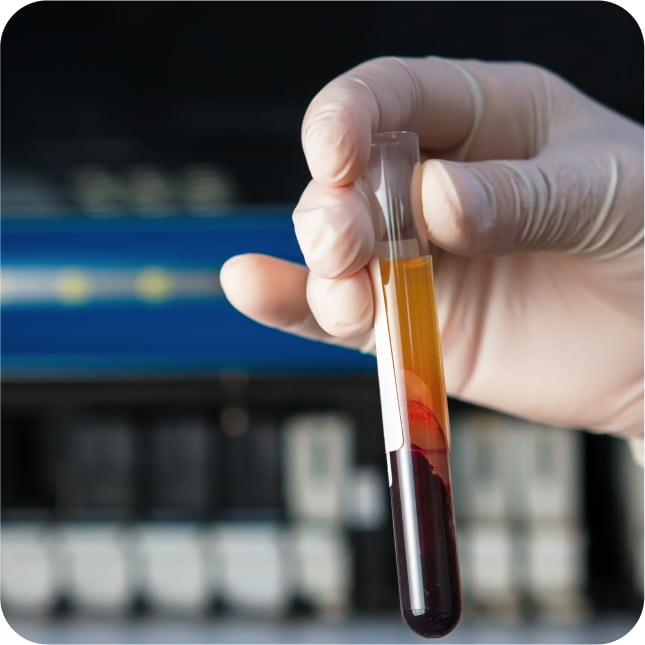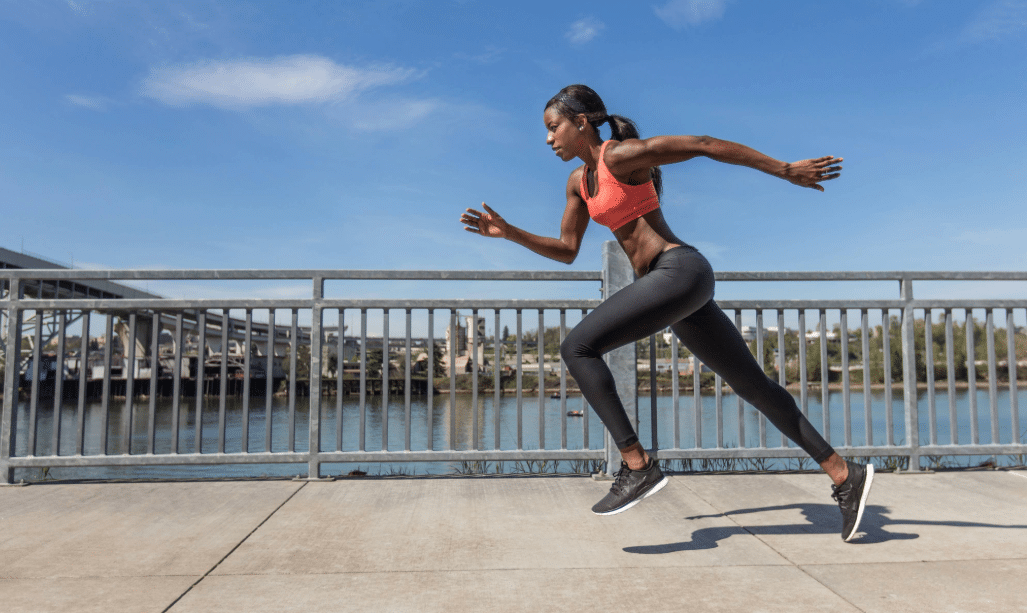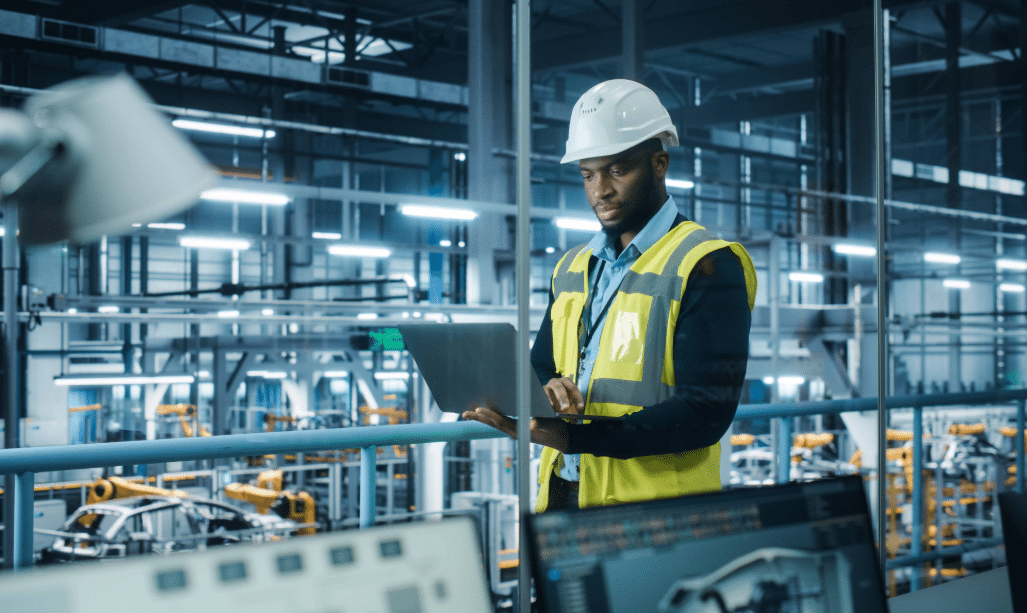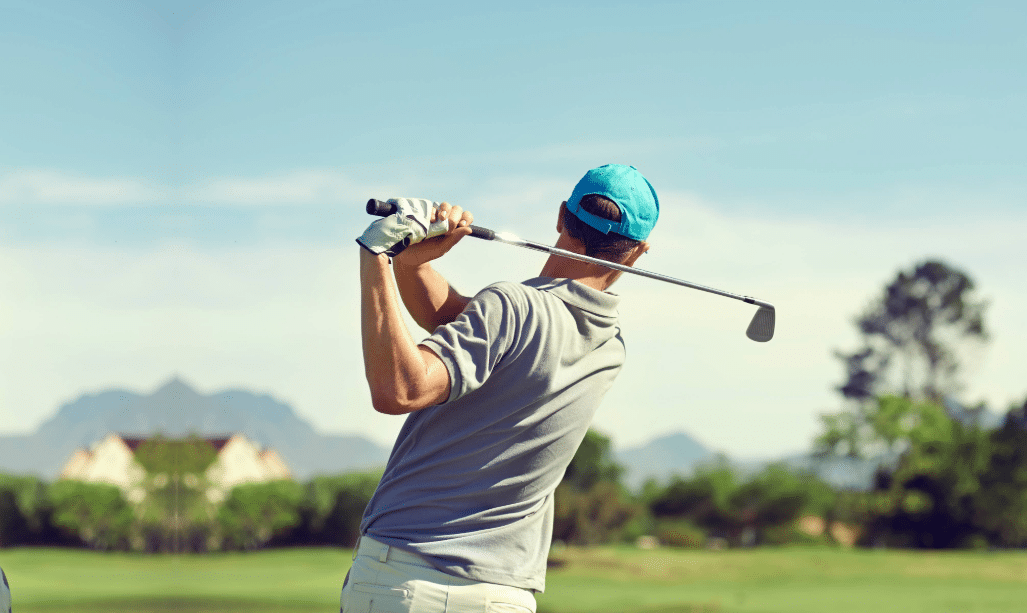Scoliosis & Deformity Correction Surgery
When correcting a curve or deformity in the spine, we employ minimally invasive techniques and technologies to cause as little disruption as possible to the patient. Surgical tools that we use include robotic guidance, stealth navigation, ultrasonic or laser cutting devices.
The goal of spinal reconstruction surgery is to decrease the patient’s pain and to place the spine in a more natural position. This can be accomplished using minimally invasive robot-guided spine surgery which allows our surgeons to precisely create and plan a blueprint for surgery before stepping foot in the operating room.
Types of
Spinal Deformity Surgeries

Living Life Again
At VSI, we celebrate every patient’s unique journey as a series of victories, regardless of how big or small. Our logo and brand were crafted for you, our incredible patients. Your progress towards your goals deserves the spotlight, reflecting our commitment to individualized treatment and care. Your Victories are what make VSI who we are! #MyVictoryStory
Discover the Benefits
Of Spinal Deformity Surgeries
Scoliosis and deformity corrective surgeries help to realign the spine in patients with abnormal curvatures, as well as:
- Decrease the patient’s pain
- Prevents progression of deformity
- Place the spine in a more natural position
- Decrease numbness and weakness
- Place the spine in better balanced position for better function
- Give patients an improved quality of life
Frequently Asked Questions
Spinal Deformity Surgeries









